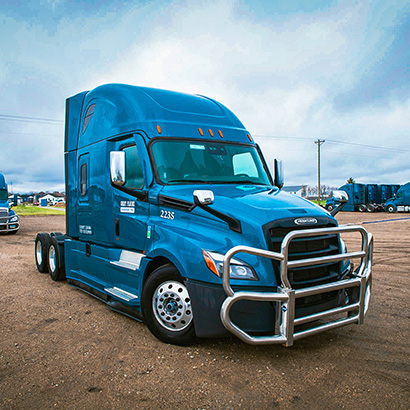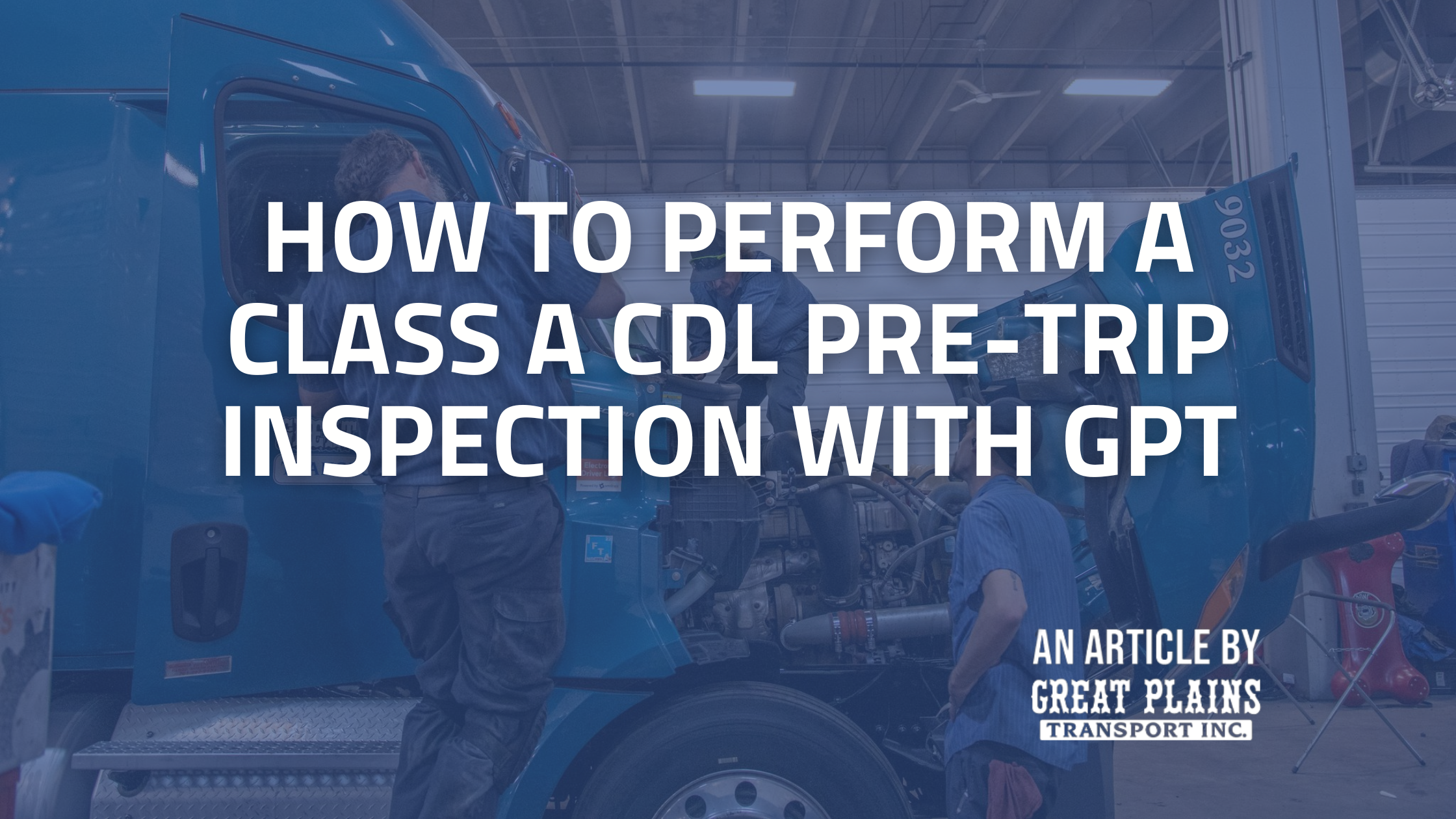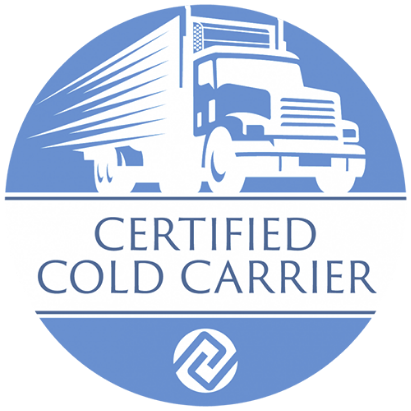Menu
- Home
- Drivers
- Capabilities

logistic experts
- About
- Contact Us
- Get Quote





If you’re a truck driver, you know the importance of a pre-trip inspection. It’s your chance to check over your truck and make sure everything is in working order before you hit the road. If you’re unsure how to perform a pre-trip inspection, don’t worry – we’re here to help. In this blog post, we’ll walk you through the steps of a pre-trip inspection and teach you what to look for during your check. So, read on for all the info, and don’t forget to watch our video tutorial below for extra guidance!
Step 1: CHECK GAGES & BRAKE SYSTEM
Step 1 of your pre-trip inspection includes checking the gauges and braking system. To check the gauges, you must first start the engine and let it idle for a few minutes, monitoring for lost air. Then, you will need to check the oil pressure, water temperature, and voltmeter gauges. If any of these gauges are not in the normal range, you will need to take action to fix the problem before setting out on your trip. The next step in checking the gauges is to test the brakes. You should apply pressure to the brake pedal and listen for any strange noises or vibrations. If everything seems normal, you can then move on to testing the brake system. This involves manually activating each brake light to ensure they are working correctly. Once all the gauges and brakes have been checked, you can proceed with step 2!
Step 2: LIGHTS & FLASHERS
To check the lights, you will need to walk around the entire truck and trailer, looking for any burned-out bulbs. Once all the bulbs have been inspected, you will then need to test the flashers by activating each one in turn. If any of the flashers are not working correctly, be sure to have them replaced them before driving. By taking the time to perform this simple check, you can help to make the roads safer for everyone.
Step 3: TIRE TREAD & AIRLINES
Checking the tread is essential because it helps ensure traction, which is necessary for braking and turning. The airlines should be checked to ensure proper inflation. Underinflated tires can lead to blowouts, while overinflated tires can cause premature wear. Therefore, it is essential to check both the tread and airlines for chafing and cuts before starting out on a long trip.
Step 4: OIL, AIR & EXHAUST
Checking the oil is important because it can help you avoid engine damage. To check the oil, remove the dipstick and wipe it off with a clean cloth. Then reinsert the dipstick and pull it out again. The oil level should be between the “full” and “low” marks on the dipstick. If it’s below the “low” mark, you’ll need to add oil. Checking the air is vital because it can help you avoid a blowout. To check the air, look at the air pressure gauge on your tires. The pressure should be in the range recommended by your vehicle’s manufacturer. If it’s not, you’ll need to add air to the tires. To check the exhaust, start the engine and ensure plenty of ventilation. Then listen for any strange noises and smell for any unusual odors. If everything sounds and smells normal, you should be good to go! Don’t forget to make sure all fluids are topped off.
Step 5: DAMAGES & DEFECTS
Lastly, take a walk around your vehicle and look for any apparent damage, such as damages to the body, cracks in the windshield, sidewall damages to tires, or punctures in the trailer. If you spot any damage, make sure to document it so you can repair it later. Next, open up all the doors, hood, and trunk, and check that all the latches and hinges are in good condition. If any of them are damaged or loose, they need to be repaired or replaced before you hit the road. Finally, go inside the cab and check all the gauges and controls. Make sure everything is in good working order and that all the warning lights are off. If any of the gauges are not working properly, have them fixed before you continue on your trip.
Conclusion:
A pre-trip inspection may seem like a lot of work, but it is actually quite simple if you know what you are looking for. By following these steps, you can ensure that your truck is in good working condition and that you have a clear view of what is happening around you. Be sure to watch the video below to find a visual of the steps above! Stay safe out there!

M-F 7AM–5PM

M-F 7AM–5PM
Great Plains Transport is a North Dakota trucking company featuring refrigerated freight, cargo, and dedicated transportation services while offering long haul OTR truck driving jobs in 48 states.
Great Plains Transport Inc
Address: 200 1st Ave SE, Mapleton, ND 58059
Phone: (701) 281-3006

